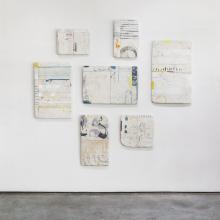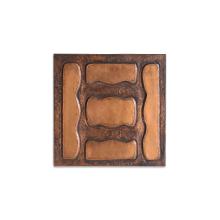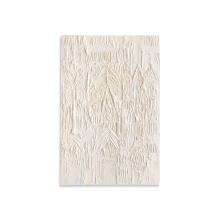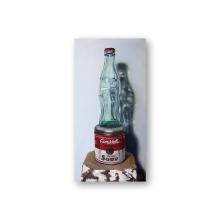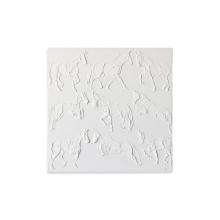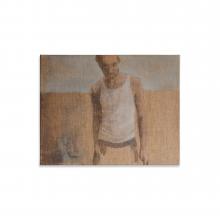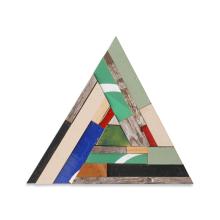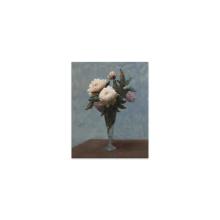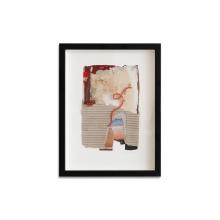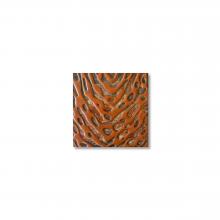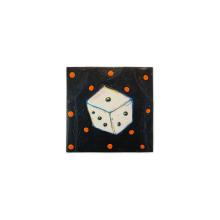Styling Your Gallery Wall | Small Artworks
November 20, 2021
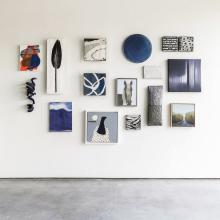
Salon Style Gallery Wall
The salon style gallery wall is one of our favorite ways to express different themes. This wall highlights so many of the artists we are so fortunate to work with, from Aaron Wexler, Michelle Stuhl, Brandon Reese, Doug Freed, Kathleen Hope, Kim Fonder, Bernd Haussmann and so many others.
Tips for Curating a Gallery Wall
A gallery wall is a stylish way to showcase your personality, taste, and creativity in your home. Whether you're displaying art, photographs, or memorabilia, a gallery wall can transform any blank space into a visually exciting and personal focal point. While it might seem overwhelming to put one together, with a few thoughtful steps, you can create a cohesive and striking gallery wall that adds character to your room.
Choose a Theme or Concept
Before you start, consider the overall theme or feel you want for your gallery wall. Do you want to create a minimalist black-and-white photo gallery, or are you more inclined toward colorful art pieces? A cohesive theme will make your gallery wall feel intentional and put-together, even if the pieces themselves vary in style.
Consider Your Wall Color
The color of your wall acts as the backdrop for your gallery, so be mindful of how it interacts with the art and frames. Dark walls can create a dramatic effect and make light-colored frames and art pop. Light walls, on the other hand, offer a more neutral canvas for bold or colorful artwork. You can also opt for wallpaper to add texture or patterns that complement your gallery wall’s aesthetic.
Mix and Match Different Styles and Mediums
Combining various colors, textures, and materials (like wood, metal, or acrylic) can add depth and visual interest to the wall. However, try to keep a common thread—such as a color scheme or a repeating frame type—to avoid a cluttered look. In addition to more traditional art, consider adding other elements like:
- Mirrors: They help reflect light and make the room feel larger.
- Textiles: Hang a decorative fabric, woven art, or a tapestry for added texture.
- Shelves or Sculptural Elements: Small shelves or objects like clocks, antlers, or plants can bring a unique dimension to your gallery wall.
- Personal Touches: Include pieces that reflect your tastes and experiences, such as travel mementos, a favorite quote framed in calligraphy, or even a DIY art piece.
Lay Out the Design: Creating Balance
To avoid unnecessary holes in your wall, it's a good idea to plan the arrangement on the floor first. Start by gathering all the items you intend to hang and play with different layouts. Balance is key. One way to achieve balance is by alternating large and small frames, or grouping similar colors and shapes together. If one area feels too heavy, balance it out by adding a piece of similar size or weight in another part of the layout.
Don’t forget about spacing— leave enough room between pieces for visual breathing space, but ensure they feel connected as part of a whole. A general rule is to leave 2 to 3 inches between each frame for a cohesive, well-spaced arrangement. But you can also play with more significant gaps if your wall is expansive, allowing the pieces to breathe.
Once you’re satisfied with the arrangement, trace the frames onto kraft paper or old newspapers, cut them out, and tape them onto the wall to visualize the final result. Adjust until it looks perfect before you start hammering.
For an easy and organized look consider trying one of the following:
- Symmetrical Grid: Works well for a clean, formal aesthetic. All frames should be the same size and spaced evenly.
- Asymmetrical Arrangement: For a more relaxed, eclectic feel, mix frames of various sizes and styles, but aim for balance in terms of color, weight, and spacing.
